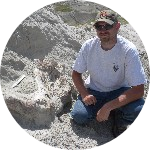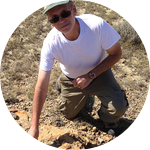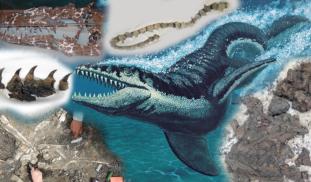Please wait...
About This Project
North Dakota Geological Survey
Mosasaurs were apex predators of the Late Cretaceous seas closely related to modern lizards, like the Komodo dragon. During the Late Cretaceous, much of North Dakota was covered by a warm, shallow sea. The Pierre Shale formation, deposited in that sea, preserves some of the last mosasaurs that lived before their extinction, but North Dakota’s record is unstudied. This project will clarify what mosasaur species lived in North Dakota and what these fossils tell us about this ancient ecosystem.

Browse Other Projects on Experiment
Related Projects
Excavating dinosaurs from the Late Cretaceous Almond Formation of Wyoming
In 2021 and 2023 we surveyed the Late Cretaceous Almond Formation of Wyoming for fossils. We discovered...
Documenting the dinosaur ecosystem of the Late Cretaceous Almond and Rock Springs Formations
The Late Cretaceous Almond Formation has been known to produce dinosaurs since 1937. Still, the fauna it...
Exploring the poorly studied Late Cretaceous Almond Formation for dinosaur remains
We are leading an expedition to the Late Cretaceous Almond Formation of Southwestern Wyoming. Our goal is...



